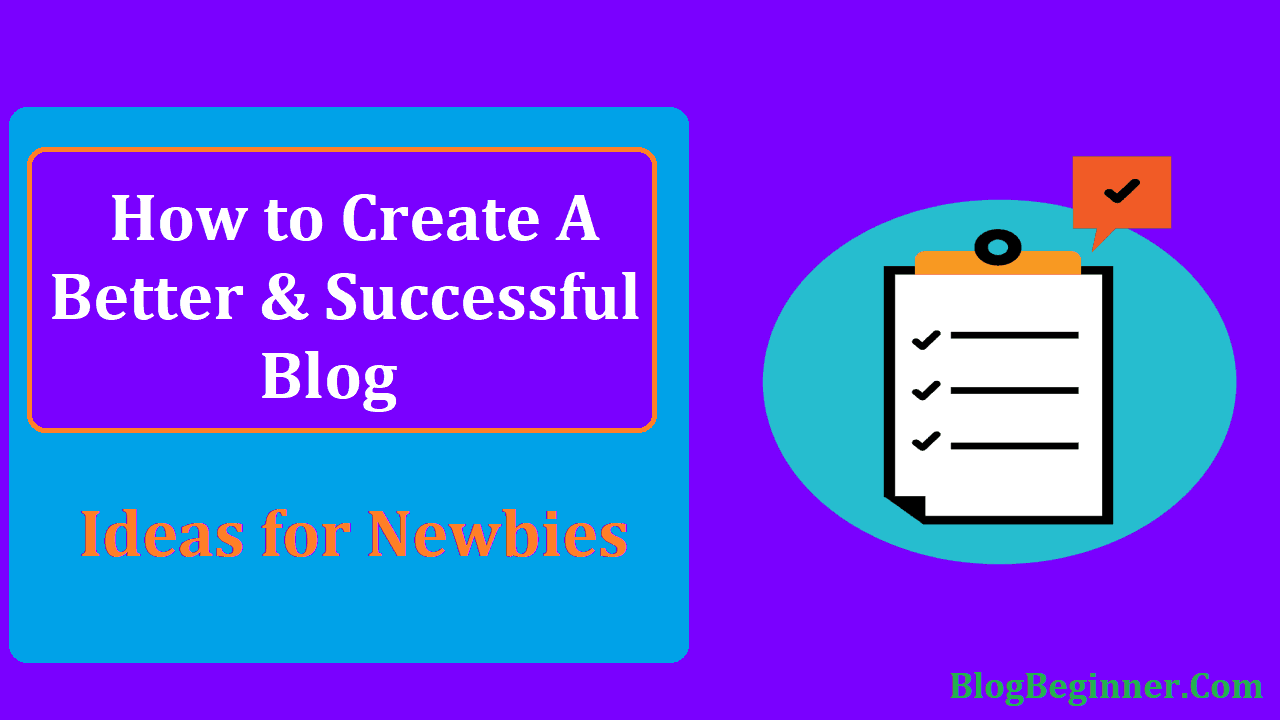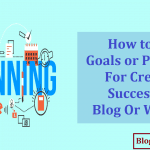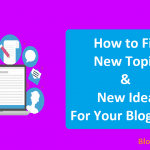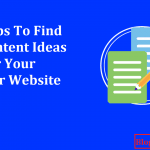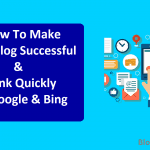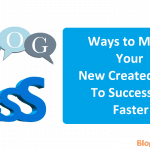So, you’ve finally taken that first step in your new blogging journey. You’ve just created a blog, and you’ve built the layout that you think would best represent you and your brand.
You’ve got some great ideas for blog posts and the only thing left to do is to write and publish them.
A few published posts later, your stats aren’t doing as well as you would like them to be. That’s completely normal, especially for those who are just starting out.
Fortunately, you just need to make a few simple tweaks to get the stats that you want in no time.
Contents In Page
Write an Engaging About Page
Now, you may already know why about pages are important. People would naturally want to know the whats and whys of the blog they’re reading.
Also, if you look up your stats, you’ll eventually see that the About page is one of the pages with the highest traffic.
Given that About pages are highly visited, you should definitely take the time to optimize yours.
The number one reason people visit About pages is that they want to know what exactly they can get from your website.
While labeling it with “About” seems enough, people will be more inclined to click if your headline is persuasive and benefit-driven.
For example, if you own a motivational blog, your About page headline can be something like: “How (site title) Can Help You Get Out of Your Mental Rut.”
It clearly states what the site is about, and what it is about in relation to its readers.
Your introduction must follow up on the benefits presented by the headline.
Don’t make it too lengthy.
Then, write a short personal story of how you got there in the first place.
Work on Your Blog’s Sidebar
Your readers will see your sidebar in every single page on your website. For this reason, it is critical that it contains all the right stuff.
Most sidebars aren’t optimal for generating traffic to the blog. You don’t want to confuse your readers with all the unnecessary stuff. You want to drive them to the goodies of your website.
Start with a convincing call-to-action at the top. An example of that would be an email sign-up form, telling them of the benefits of getting regular updates from your blog.
Aside from getting your readers to convert into email subscribers, another way of getting more traffic is by providing them links to your most viewed posts.
It gives them the idea that since many other people liked it, they will be more inclined to read it, too.
Think of the Best Keywords for Your Post
This one may seem obvious, but you’d be surprised at how many people get it wrong. What they do is they think of the keywords that they want the post to rank for, and then write posts that revolve around those keywords.
It should be the other way around. You should come up with the idea for the article first, and then work on the keywords afterwards.
Doing it with the keyword first makes your article a slave to your chosen keywords, so you may end up with a post that reads awkwardly and inorganically.
Create a Reference or Resource Page
No matter what niche your blog is, it will eventually become a resource center that houses a lot of content. However, your timeless content will be of little use if your readers can’t find it in a sea of newer posts.
The solution to this is to create a resource page. A resource page is a carefully curated bunch of posts that revolve around a certain topic.
Think of a keyword or keyphrase that would give readers an idea what kinds of posts they can expect to see there.
When readers are so dedicated to a certain topic, chances are, they’d look through everything that is related to that if they could.
Indexing your content for their convenience will not only make them thankful for all your site offerings, but doing so will also make your stats skyrocket. It’s a total win-win!
Appeal to Your Readers’ Senses
Successful blog posts are usually those that have a visual appeal. People often remember things based on visual impressions and cues.
Because of this, strategically including images in your posts will likely make your readers want to read on and stay on your page.
Of course, appeal isn’t limited to visuals. Embedding videos or podcasts is also a great way to keep your reader’s attention.
Keep in mind, however, to refrain from setting these on autoplay.
Nothing can turn visitors off faster than unsolicited audios when they’re browsing. Give them the option to play your audio/video whenever they want to, and they’ll be more inclined to discover what you have in store for them.
What Should You Work on First?
If it is possible to work on all of these tweaks at the same time, go for it.
However, if you have limited time and resources, it doesn’t matter which one you work on first.
The important thing is that you devote time to make these necessary changes.
Little as they may seem, they are the small investments that guarantee huge returns for your blog when the time comes. As you gradually work on each of them, you will eventually notice them working for you. Start doing the work today and the future of your blog will be brighter than you first hoped.
